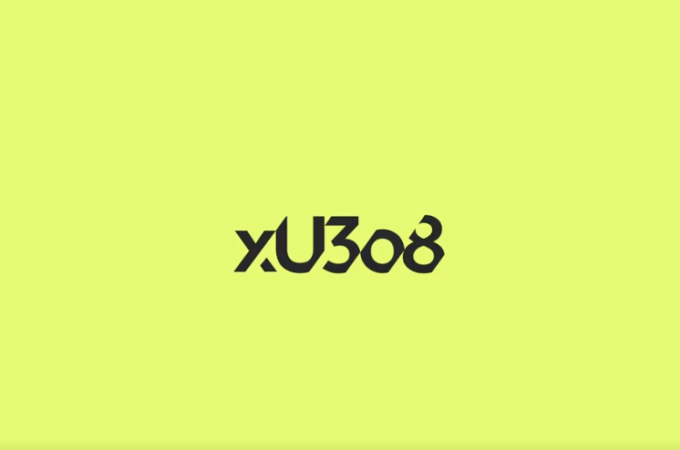
Deutsche Bank and Standard Chartered Pioneering Interoperability for Stablecoins and CBDCs
Deutsche Bank and Standard Chartered are making waves in the world of digital currencies by testing a groundbreaking system aimed at enabling interoperability between blockchain-based transactions, stablecoins, and central bank digital currencies (CBDCs). This initiative is set to revolutionize how these diverse digital assets communicate, in a manner reminiscent of SWIFT messaging used in traditional banking infrastructure.
These tests are being conducted on the Universal Digital Payments Network (UDPN), a permissioned blockchain system that’s facilitated by a consortium of financial institutions, including banks from the U.S, Australia, Latin America, and Europe. In total, the UDPN comprises around 25 organizations, all engaged in nearly ten proof-of-concept experiments running in parallel.
The UDPN is not just a bridge between various blockchain networks; it’s also underpinned by decentralized digital identity standards, which ensures a secure and regulated environment. This sophisticated network represents a significant shift in how blockchain technologies are being harnessed by major financial institutions.
Unlike some prior endeavors in the crypto space, the UDPN seems to be offering a level of innovation that captures the essence of decentralized finance (DeFi) while still operating within a regulated framework. When conducting cross-border currency transfers, the UDPN allows institutions to tokenize the value and transfer it into a smart contract managed by the network. This smart contract then releases the intended target currency without the need for centralized messaging systems like SWIFT.
The real promise of the UDPN is its ability to facilitate interoperability between diverse digital assets. It offers a network where members’ affiliation is permissioned, while the transactions themselves are placed onto the underlying infrastructure, which includes permissionless networks. This ensures a seamless and compliant experience for users.
In a recent proof-of-concept, Standard Chartered Bank and Deutsche Bank executed stablecoin swaps, transferring USDC and EURS stablecoins using UDPN. This not only exemplifies the potential of the network but also highlights the industry’s eagerness to explore opportunities in the ever-evolving landscape of digital currencies.
The UDPN’s creation is particularly timely given the growing landscape of central bank digital currencies (CBDCs), stablecoins, and other digital assets. As these digital currencies continue to gain traction, the need for interoperability becomes increasingly apparent. The UDPN stands at the forefront of addressing this challenge, offering a secure and regulated infrastructure to facilitate these digital financial transactions.
This initiative’s success might mark the beginning of a new era in the way financial institutions harness blockchain technology to promote interoperability between digital assets, a development that could have a profound impact on the future of digital finance. As the UDPN continues to roll out additional proof-of-concept tests, it appears that more institutions will join in this groundbreaking experiment, potentially reshaping the financial landscape as we know it.





